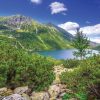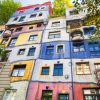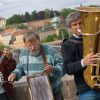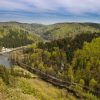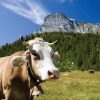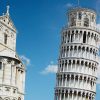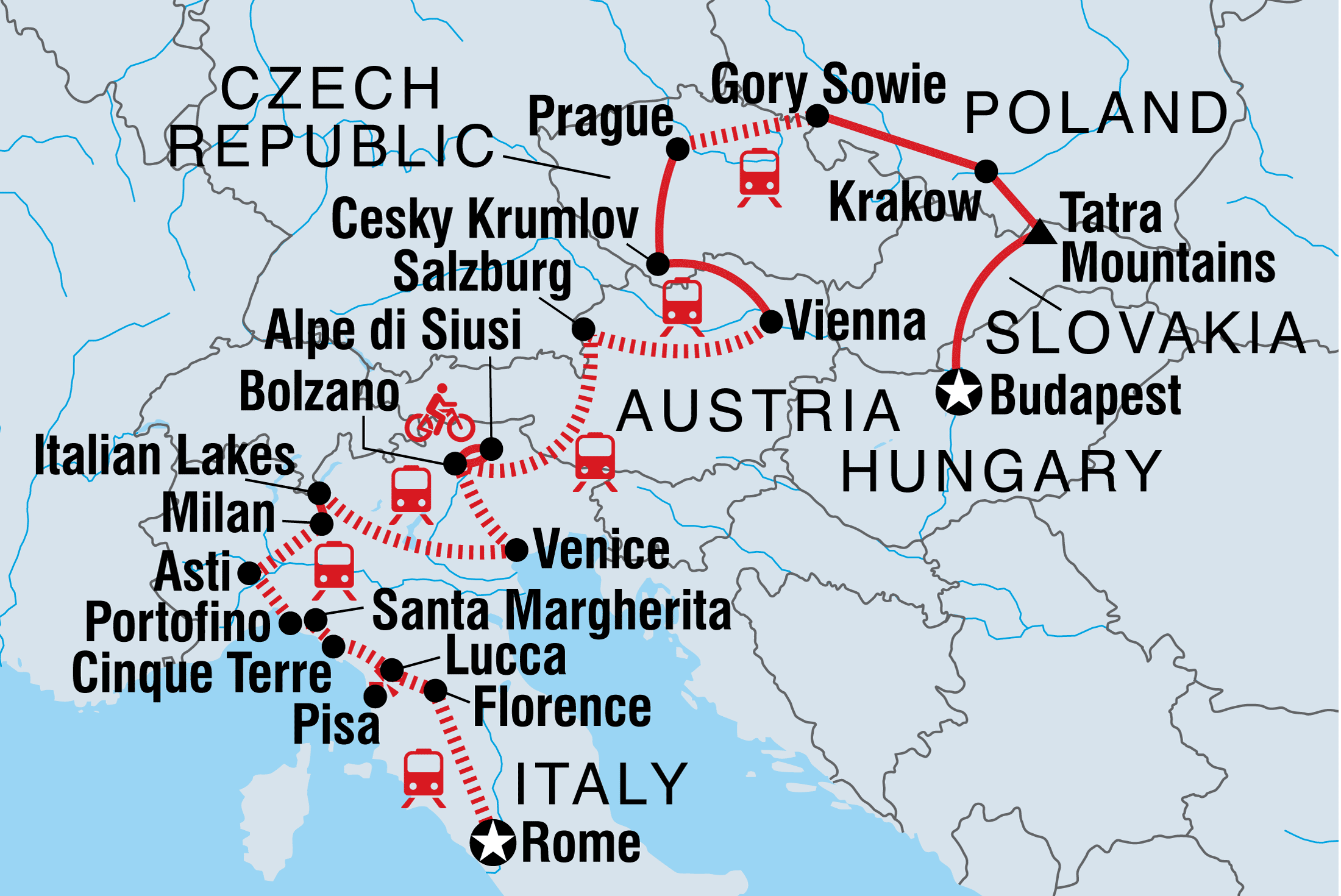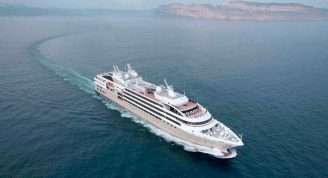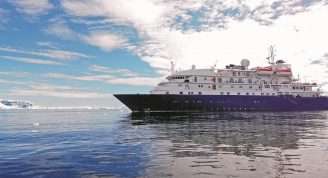Description
From the iconic sights of Rome to the grand architecture of Budapest, this 38-day adventure covers all the highlights – and quite a few secret gems – of Italy and Central Europe. Enjoy a Renaissance revival in Florence, marvel at the Leaning Tower of Pisa and see Cinque Terre’s stunning coastline and pastel villages. Compare the world-class wines of the Piedmont region with that found along the famous South Tyrolean Wine Road. Admire the splendour of Lake Como and explore Venice’s maze of canals on a gondola ride. After getting your fill of Italian vibes and delicious cuisine, travel further inland to discover the old-world charm of Salzburg and Vienna, visit the haunting underground city of Osowka and learn its dark origins, then get active trekking among the high-altitude lakes and waterfalls of the Tatra Mountains. This bucket list-packed adventure has it all.
- Wander around Rome's famous landmarks including the Colosseum, Vatican City, Sistine Chapel, St Peter's Basilica and much more. This is a city that bucket lists were made for.
- Come face-to-face with Michelangelo's David in Florence and a famous leaning tower in Pisa. Then get pleasantly lost exploring the tangle of canals and alleyways that make Venice.
- Contrast the pastel buildings and rocky coastal pathways of the Cinque Terre with the villages, estates and gardens dotted around Lake Como.
- Compare the world-class wines of Italy’s Piedmont region with those found along the south Tyrolean Wine Road, one of the oldest wine routes in the country.
- Chanel Mozart and the Sound of Music in Salzburg. Enjoy plenty of time in Vienna to soak up its gorgeous architecture and jazz scene, then swing by Cesky Krumlov for a taste of its bohemian vibes.
- Enjoy a scenic walk along the banks of the River Danube in Budapest. Threaded with bridges and hemmed in by castles and historic city buildings, Europe’s second longest river is also one of its most beautiful.
- Get active hiking in the picturesque Tatra Mountains and traverse the steep slopes via funicular, gondola and electric steam train.



